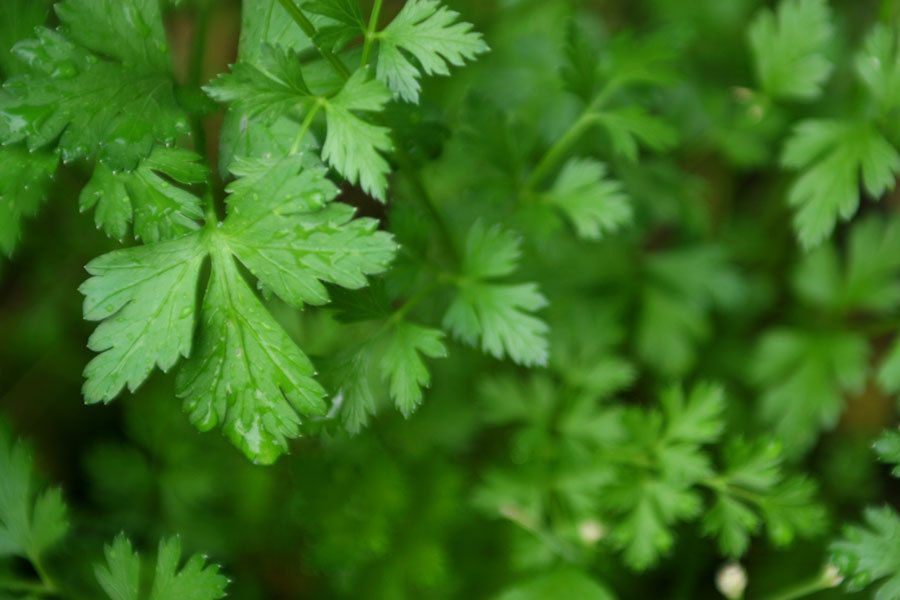Ode to Seeds
- Silvan
- Apr 3, 2016
- 3 min read

A part of farming that never ceases to amaze us is how a few handfuls of seeds can be transformed into a truckload of food, as if by magic. Every shiny, purple eggplant seems a small miracle. Of course, we know it's not magic, that there's a lot going on behind the scenes (or in this case under the ground, inside the roots and leaves and stems). And yet knowing everything that has to go right to transform that tiny seed into a green plant bursting with eggplant only makes it more incredible in my eyes.

Winter can be harsh and depressing for me, even in North Carolina where we have it easy (as Jordan likes to remind me, I don't even know what "real" winter feels like). I look back with longing on mid-summer, when our apartment was overflowing with crates of okra and squash and most of our meals consisted of "cut open vegetables, stick on bread with cheese, eat."
Luckily, seed catalogs arrive in late fall and bring a little light to the grey winter months. I love flipping through all the colorful pages and imagining the varieties of veggies we can grow in the coming year. I feel lucky to be farming in an era of enthusiasm for heirlooms, and to have so many options to choose from. The seeds cataloged in the pages pictured above have such interesting histories. Some have been developed recently by researchers at agricultural universities, trying to craft the perfectly shaped carrot or the lettuce leaf most resistant to disease. Others are old standards with heartwarming stories, like the Mortgage Lifter Tomato developed by Marshall Cletis Byles, aka "Radiator Charlie."
Byles, who grew up working in cotton fields in North Carolina, held many jobs before opening up an auto mechanic shop in West Virginia in the 1930s. Though his skill at working on trucks earned him a good income and the nickname "Radiator Charlie," the Great Depression was hard on everyone and Byles got into tomato breeding as a way to make more money. After six years of experimentation and with no prior plant-breeding experience, Byles came up with a winner: a solid, meaty tomato with great flavor that produced reliably and could feed a family. He began selling seeds, and his tomato proved so popular that Byles was able to pay off his mortgage with the profits, hence the full name, "Radiator Charlie's Mortgage Lifter Tomato." In the 1980s he sold his seeds to the Southern Exposure Seed Exchange, where you can still get them today, and hold a little piece of history in your hands (and then your mouth)!
Great story, right? We are not growing Mortgage Lifters this year, but we have plenty of other exciting tomato varieties to keep us busy, like Barry's Crazy Cherry Tomato, pictured below:

To honor Jordan's heritage, we are also growing several Syrian vegetable varieties, like Syrian Goathorn and Aleppo peppers and Cousa squash- a small, tender relative of the zucchini perfect for stuffing.
A seed is an embryo, and also a food supply for the nascent seedling (which is what makes them so nutritious for us to eat). In past societies they were used as currency and some survivalists and doomsday preppers believe we are headed in that direction again any day now. Whether or not you are worried about imminent societal collapse (I'm not too concerned yet), it's safe to say seeds are an essential and oft-overlooked element of our everyday lives that is worthy of protection (click here for a fascinating read on the politics of the Svalbard Global Seed Vault). Seeds are, practically speaking, an incredibly useful invention. But beyond that, seeds can be a connection to our ancestor's agrarian roots, or to a far-away land we may never visit but whose unique place in time and space and culture all conspired to create this very plant, slowly unfurling from its seed in the soil of our garden, ready to meet the sun. It is, truly, miraculous.



















Comments